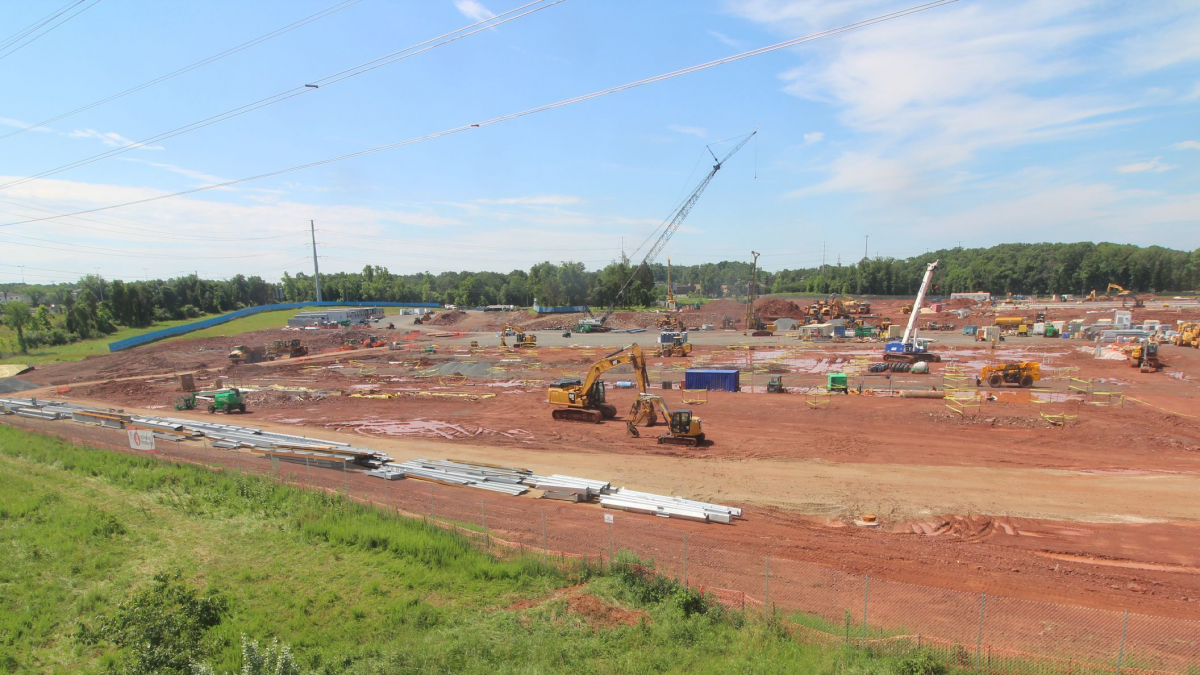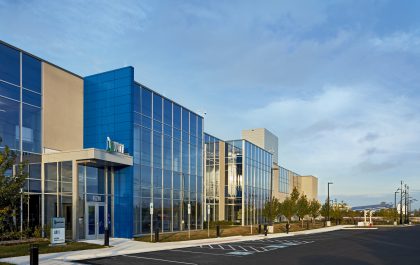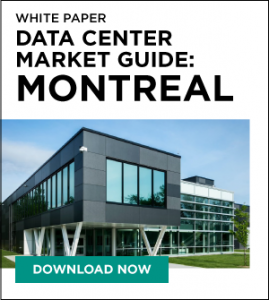When we think about large companies, we often don’t think of them as being agile and nimble. Many are large organizations that move and pivot slowly, which can cause challenges for them when they need to move quickly and scale up to meet new IT requirements.
This is one of the reasons why data center providers are in such high demand today. Data center providers can often deploy facilities quickly and with agility. They likely have proven data center strategies and data center building blocks that make development and construction fast and efficient. And that means they may even have data center space under construction in a selected market before an end user even knows they need a data center there.
How do data center providers do that? Let’s explore some of the factors that data center providers like Vantage consider when analyzing new markets and selecting data center sites within those markets, starting with how data center providers make the decision to build in one site over another.
The Chicken and The Egg
Data center operators often have campuses under construction in markets seemingly before there is a perceived need for them. This has led some people to wonder if the supply of data center space actually drives the demand, and not the other way around.
The truth is, data center providers take our demand signals from customers. These demand signals may come from hyperscalers or cloud providers, or they may originate from the customers who are using the services or platforms of these companies. That’s because there is a trickle-down effect. For example, if a large technology company uses a significant amount of cloud services, those cloud services may need to be physically located in a specific geographic region to reduce latency. To meet the needs of its customer, that cloud provider will want data center capacity in that area of the country.
Data center providers like Vantage are strategic and perform a significant amount of due diligence in advance of demand signals to be ready for the next IT wave. That means staying on top of industry trends, scouting sites in advance and acquiring available land early. That also means developing close relationships with customers and having confidential conversations with them about where they anticipate needing capacity in the future.
By conducting research, staying on top of industry trends and staying in close contact with customers, a data center provider can move quickly to build data center campuses when companies are ready to make a move into a market. But selecting a market or region for a data center campus is just part of the process – we then must find the land on which to build those data centers.
Here are some of the considerations we take into account when selecting the best sites for our wholesale data center campuses.
Data Center Site Selection: More than just Location
Ultimately, some of the primary drivers of selected data center sites are some of the traditional data center requirements – available land, access to power and a pathway to fiber. Those things have always – and will always – be incredibly important.
But there’s a lot more to finding a good data center site than finding a location with all three of those requirements. Once we determine which larger market we need to build a data center campus in, we start looking at sites within the cities and counties of that region and measuring them on a few different criteria:
- Data center site friendliness – Is the local government and economic development office friendly to data center development? Do they welcome data center construction and offer things like tax incentives to lure data center providers to build there? Do they have moratoriums on selected data center construction sites that will keep us from building there?
- Zoning and layout – Is the land zoned correctly for a data center? If not, getting it rezoned can be extremely costly and take a lot of time. Also, what type of land and lot sizes are available for purchase? Can we build a large, sprawling data center campus that extends horizontally across acreage or do we need to build vertically? Is the selected site suited to deploying our standard data center building blocks?
- Amiable utilities – Is power readily available, and if so, at reasonable rates? Does the utility provider offer green and renewable energy alternatives that our customers are demanding?
- Minimal environmental impact – Can we build a data center in this city and in this space that is going to have minimal impact to the area’s ecology?
If a site meets all the criteria above, it may seem perfect. However, there are some factors that could make a seemingly ideal site untenable.
What to Avoid in Data Center Site Selection
There are a number of red flags to look for when evaluating and selecting a site for a data center project – factors that could cause a problem while preparing the site for construction or years down the road. Even if a site looks like the right fit, there could be a very good reason why a data center provider would want to avoid it. Here are a few factors that can make a selected data center site look perfect, but is realistically a poor choice for a data center:
- Man-made restrictions – Are there height or zoning restrictions in place that could cause problems for data center construction today or into the future? Is the site close to residential areas that could cause problems down the road due to the noise from generators? Are there “not in my backyard” concerns from any nearby neighbors?
- Disaster prone – Is the site in a flood plain or other area that is susceptible to natural disasters? Is it near train tracks or in the flight path of a local airport? If so, that is taking on unnecessary risks for data center site selections that need high availability and reliability to ensure customer Service Level Agreements (SLAs) are met.
- Environmentally damaged – What happened here before? Brownfield remediation can be extremely costly – much more costly than greenfield development. If we can avoid remediating a site that was previously compromised by a former industrial building or polluter, we’ll look to do so.
Data center site selection is an incredibly important process that can have a significant impact on how quickly critical data center infrastructure is available. It can take anywhere from a few months to multiple years to get a site ready to build on. Choosing a site that isn’t zoned correctly requires remediation or is going to be met with protest by local officials or residents will only add to the time it takes to get a site prepared for construction. And time to market can be critical to meeting today’s demand.
Once you know which market is your desired data center destination, it’s important to take the time to truly evaluate and analyze the sites that are available in that region. It’s essential that decision-makers work closely with their brokers and service providers to identify sites, but it’s equally important that they get to the sites to see them for themselves. Driving around an area, seeing the sites in-person and looking for those red flags in advance can make all the difference between selecting a data center site that can be built quickly and meet all of a company’s needs, and choosing one that will become an expensive and time-consuming project.



